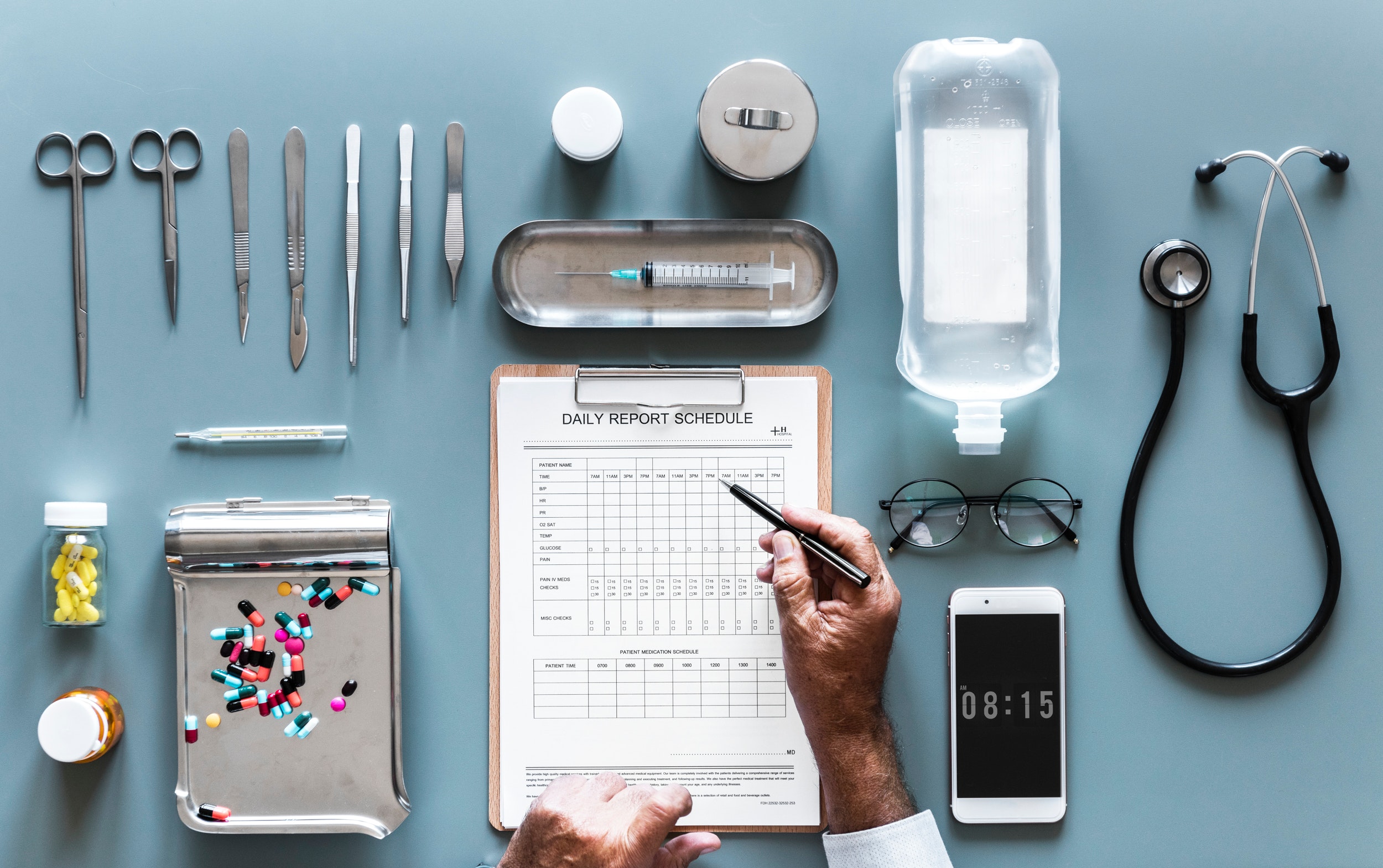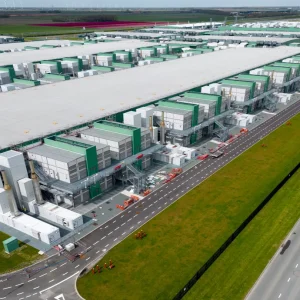
As the NHS turns 70, it’s time we considered how Britain’s world-leading health service has transformed clinical documentation since its inauguration back in 1948.

July 1948 was the first time that hospital, doctors, nurses, pharmacists, opticians and dentists were brought together under one umbrella organisation, free for all at the point of care.
Fast-forward to the present moment, the UK government is looking to use mobile apps and new technologies to help ‘put patients in control’, according to Health Secretary, Jeremy Hunt.
Along with the launch of a new app that allows patients to book appointments, order repeat prescriptions and see their medical files on their smartphones, the technology promises to give users more control over how their data is used. Ensuring that healthcare professionals can make better, more detailed and secure clinical documentation is at the heart of this.
The next decade is the NHS technology revolution
Following the launch of the new NHS smartphone app, Hunt told the BBC this month: “In our 70th year as the NHS, we have to look forward as well as backward and the big change that is going to happen in the next decade is the technology revolution.”
The plan is to use new technologies and user-friendly apps to give people greater control over their own health, so they can become more “expert patients”.
Clearly, the nature of documentation taking, storing, sharing and improvements in the use of patients’ information and other clinical documentation is going to be at the heart of this technological revolution in 21st-century health care.
Additionally, new technologies will not only make the sharing of clinical documentation far more efficient, doctor-friendly and patient-centred, they will also need to ensure that the data held on patients is more secure than it has ever been. Which means using biometric and other technologies to improve the verification processes that give the right doctors and patients access to the documentation and data they need.
 A history of NHS documentation
A history of NHS documentation
Post-World War II, the NHS was a revolution in mass health care. And the revolution continues 70 years on, this time powered by AI and cloud-based technologies.
Investments in these technologies will help clinicians record and share patient information more reliably, boosting the accuracy of recorded data and freeing clinicians to focus on the most important task: caring for patients.
Bureaucracy and never-ending paperwork has always been a huge bugbear for the NHS, something which has been improved incrementally over the last 70 years with the march of new technology.
Back in 1948, for example, all patients’ records were handwritten by healthcare staff, with doctors and nurses entirely reliant on pen and paper to draft clinical records, which were then stored in paper form.
That was the case until the early 1960s, when the introduction of Dictaphones enabled doctors to dictate their clinical patient records for their secretaries to write up. Though it was not until 1998 that patients themselves had the right to access their own records following the ground-breaking Data Protection Act.
Since the turn of the 21st-century, the taking and storing of patients’ documentation has gradually ‘gone digital’ and in 2009 the NHS finally migrated from ‘analogue’ tapes to digital dictation, a solution that considerably accelerated patient turnaround, cut costs and improved the security of patients’ data.
Going paperless and into the cloud in 2020 and beyond…
The NHS has completely transformed itself over the last seven decades, with patient services evolving beyond recognition. Against a multitude of challenges – from budget constraints to an ageing population – its dedicated healthcare professionals work to deliver world-class patient services.
Indeed, following the move in 2009 from tapes to digital dictation, the organisation saw an immense leap forward in terms of speeding up clinical document turnaround, improving data security and reducing the potential for lost reports. So much so that the Health Secretary, Jeremy Hunt, challenged the NHS to ‘go paperless’ by 2020.
However, there are still too many staff that are held back by a lack of strategic investment in technology. A significant study in 2015 conducted by Nuance revealed that over half (50 percent) of doctors’ time was still being spent on clinical documentation.
Clinicians are incredibly busy and their top priority, as it always has been since the NHS was set up in 1948, has to be patient care. Clinical documentation is vital in tracking any patient’s journey though the care system, yet it still takes far too long for the vast majority of healthcare professionals to complete.
Prime Minister promises £20 billion cash injection
Theresa May has recently announced an extra £20 billion cash injection into the NHS, which is the ideal opportunity for the government, the NHS and the wider healthcare tech industry that serves it to consider where the investment could best be spent.
The historic lack of strategic investment in technology has held some clinicians back from providing more efficient patient care, and this could be the turning point.
Technology leaps in clinical documentation are still taking place at the local or regional level. See, for a great example, how the most forward-thinking organisations, such as South Tees Foundation NHS Trust, are incorporating AI-enabled speech recognition technology into their day-to-day documentation processes.
But the there are still way too many NHS trusts across the UK that rely on inefficient methods that directly impact upon the amount of time doctors can spend with patients.
We are now faced with a truly immense and fundamental opportunity to invest on a nationwide level in AI and cloud-based solutions that will enable clinicians to record and share information within their own and partner organisations more reliably, flexibly and efficiently than ever before.
These technologies underpin world-class clinical documentation. They demonstrably boost the accuracy, completeness and timeliness of recorded data, and they free clinicians to get back to the reason that they trained to become doctors in the first place – to care for their patients.

 A history of NHS documentation
A history of NHS documentation 




